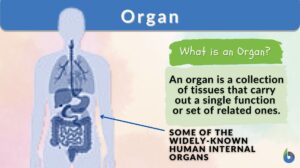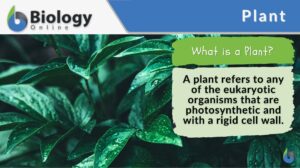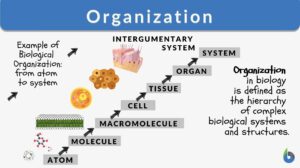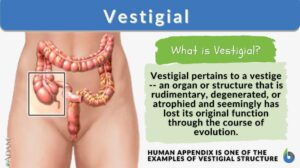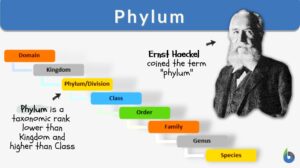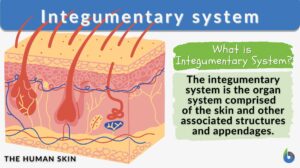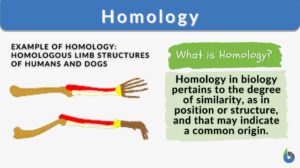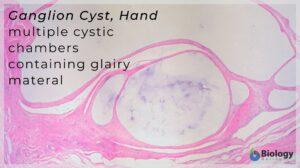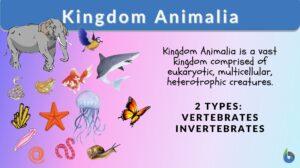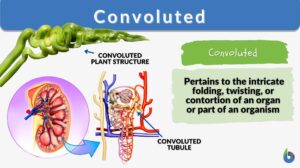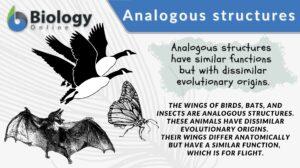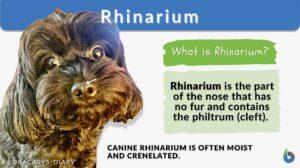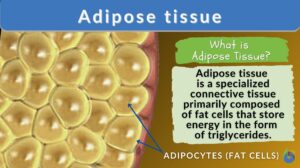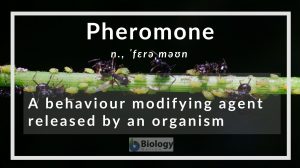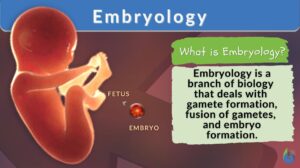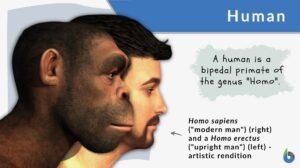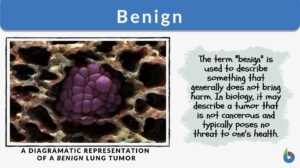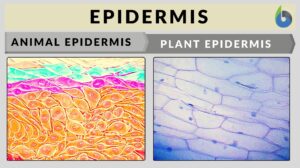Search Results for: sense organ
Sense organ
Definition noun, plural: sense organs An organ or structure that has nerve endings capable of detecting and reacting to a... Read More
Nervous system
Definition noun The organ system responsible mainly for coordination of bodily reactions, organ monitoring, and information... Read More
Organization
Organization Definition The meaning of the term "organization" is very simple. It means the state wherein things are... Read More
Tactile sense
Definition noun The sense of touch where contact, pressure or traction exerted on the skin as well as in some internal... Read More
Chemoreceptor
Definition noun, plural: chemoreceptors (1) A sensory nerve cell or sense organ, as of smell, or taste, that are able to... Read More
Integumentary system
Integumentary System Definition The integumentary system is the outermost layer of the body. The animal body, in... Read More
Sensory neuron
Definition noun, plural: sensory neurons A type of neuron that transmits sensory nerve impulses Supplement The neurons are... Read More
Kingdom Animalia
Kingdom Animalia Definition Each person can say that they know of or can name at least one animal. However, do people know... Read More
Convoluted
The word convoluted is often used to describe different things, especially structures or components, that have overlapped.... Read More
Analogous structures
Analogous Structures Definition In evolutionary biology, analogous structures are biological structures having similar or... Read More
Equilibrioception
Definition noun, plural: The sense of balance in humans and animals that involves visual system, vestibular system, and... Read More
Sense of touch
Definition noun Sense recognized by the tactile organs or neural receptors in the skin (as well as in the tongue, throat,... Read More
Proprioceptor
Definition noun, plural: proprioceptors A sensory receptor located in the subcutaneous tissues, and is capable of detecting... Read More
Afferent neuron
Definition noun, plural: afferent neurons A type of neuron that detects stimulus from the periphery and relays nerve... Read More
Adipose tissue
Adipose Tissue Definition Adipose tissue, a specialized variety of connective tissue, is composed of lipid-rich cells known... Read More
Growth and Plant Hormones
Growth All living organisms begin in the same form: as a single cell. That cell will divide and the resulting cells will... Read More
Sensory Systems
A sensory system is a part of the nervous system consisting of sensory receptors that receive stimuli from the internal and... Read More
Embryology
Embryology Definition Embryology is a branch of biology that deals with the topics concerning gamete formation... Read More
Residual volume
Residual volume is a term that is most often seen in lung physiology where it is defined as the amount of air remaining in... Read More

